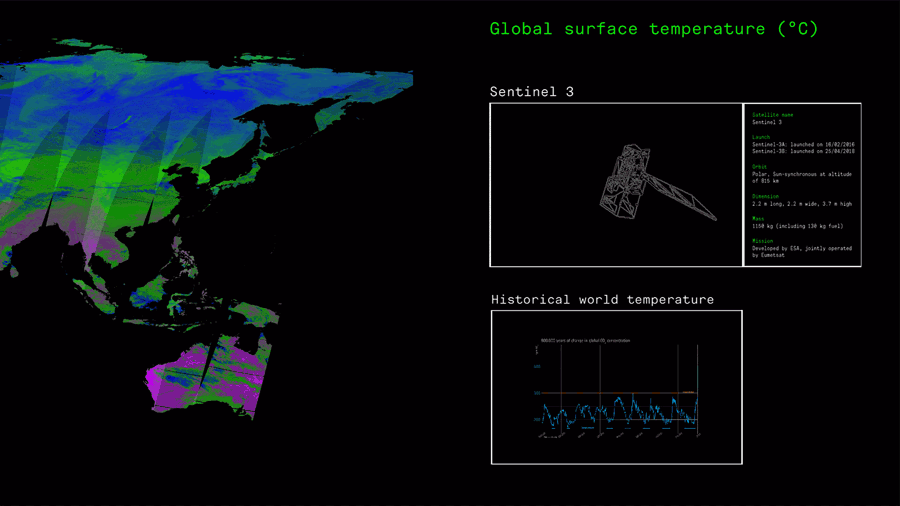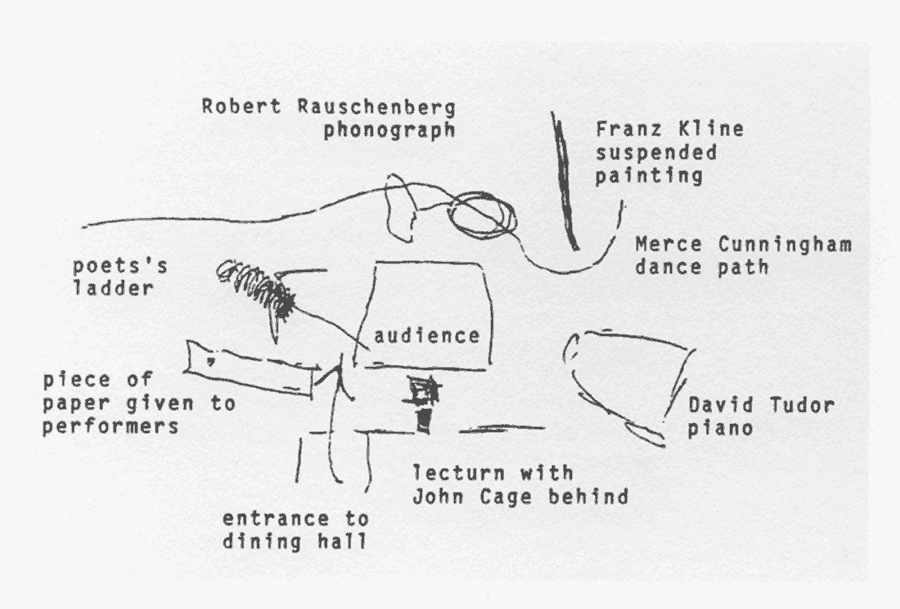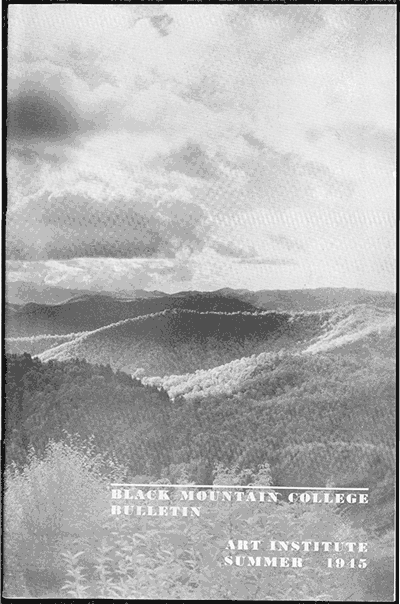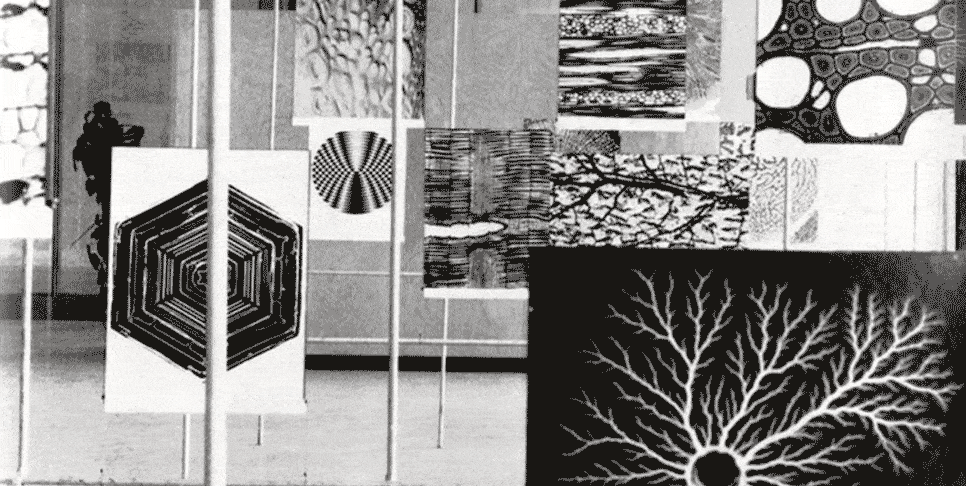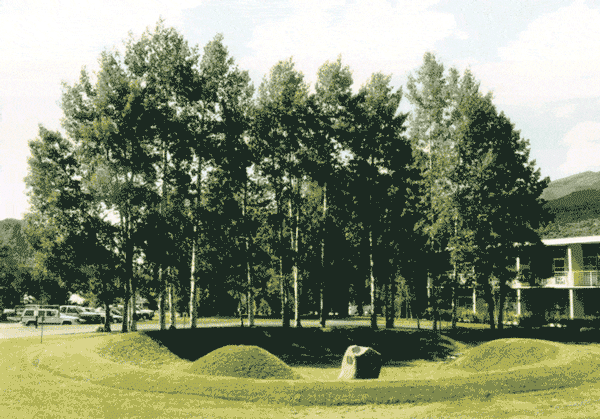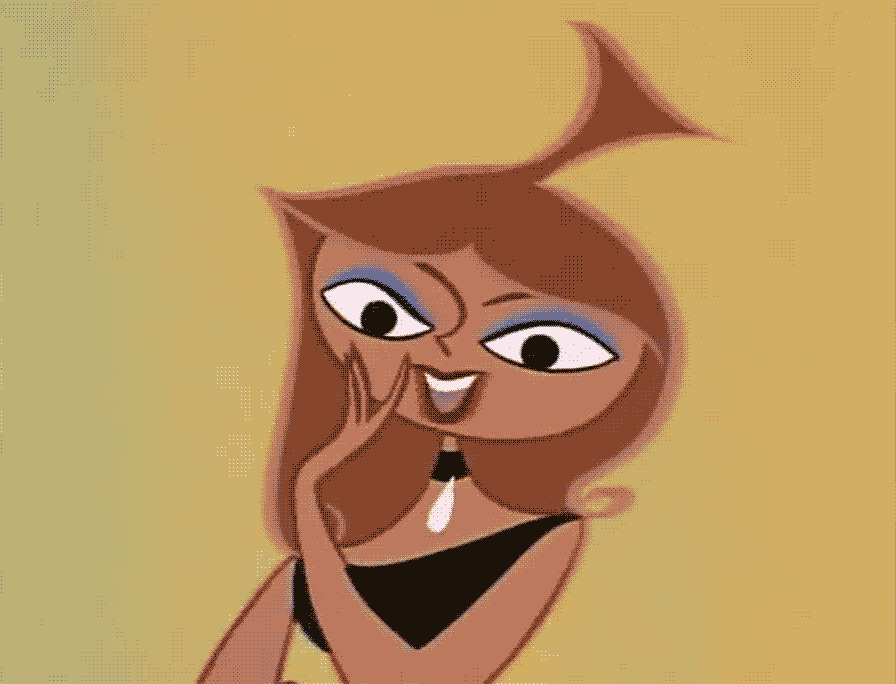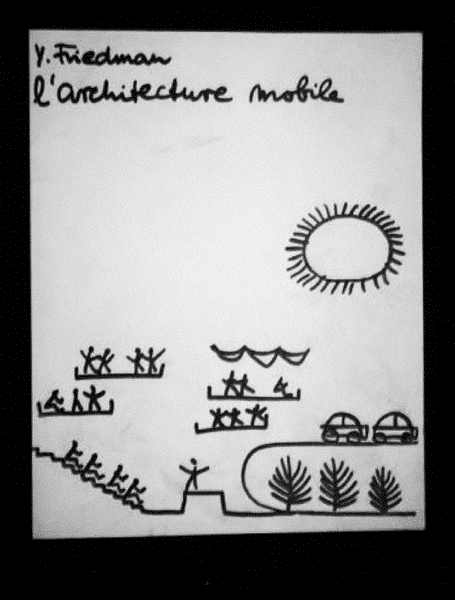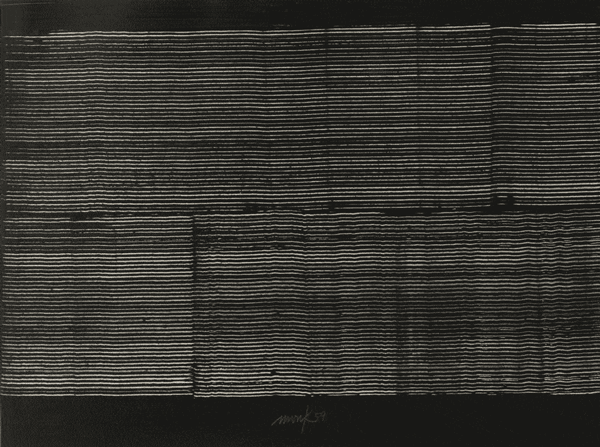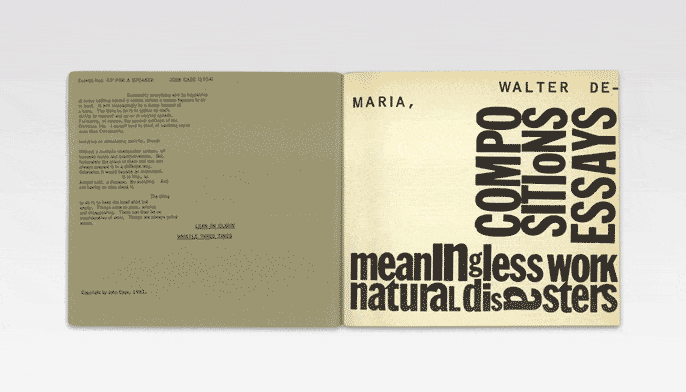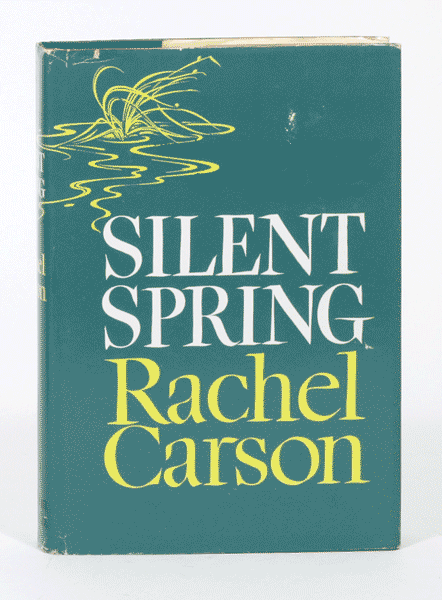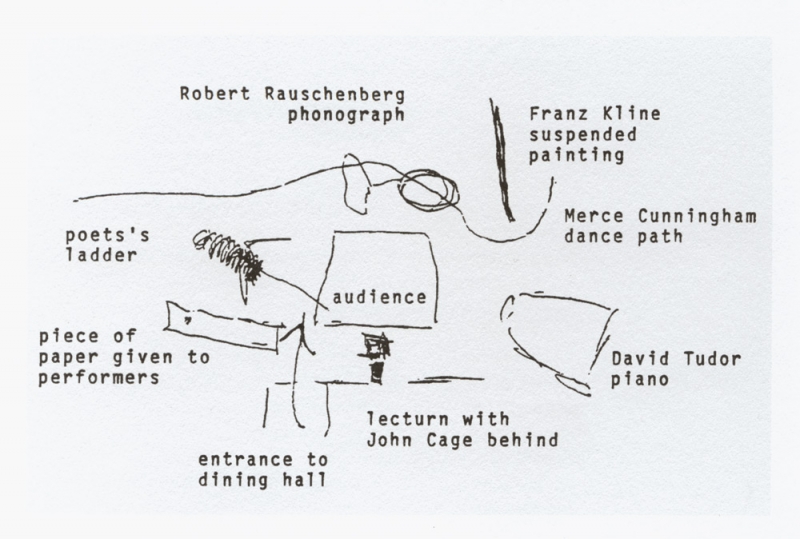
|
M.C. Richards, floor plan of John Cage’s “Theater Piece No. 1” (1952), drawn for William Fetterman in 1989.
|
|
I am interested in any art not as a closed-in thing by itself but as a going-out one to interpenetrate with all other things, even if they are arts too. All of these things, each one of them seen as of first importance; no one of them as more important than another.
John Cage

Theater Piece No. 1
John Cage
Echoing the “Groundworks” timeline: 1952
“I am interested in any art not as a closed-in thing by itself but as a going-out one to interpenetrate with all other things, even if they are arts too. All of these things, each one of them seen as of first importance; no one of them as more important than another. In theater, as Artaud points out, it is death to place literature in the only central position; and so I do not agree that ‘film is a visual form’. The images don’t interest me any more than the sound. Nor am I interested in the artistic arrangement of sound to go with or against the images. All that comes about in a successful such situation is a composite of two, not an imitation … of nature in her manner of operation as, in our time, her operation is revealed.”
John Cage — “On Film”, 1956, in John Cage: An Anthology,
ed. Richard Kostelanetz (New York: Da Capo, 1991), 115.
Quoted in Kay Larson’s Where the Heart Beats: John Cage, Zen Buddhism, and the Inner Life of Artists,
(New York: Penguin Press, 2012), 255.
“Supposedly, this is how ‘The Event’ happened: John Cage read from a lecture on Zen Buddhism; as Robert Rauschenberg’s White Paintings dangled overhead (if you’ll look to Richards’ drawing you’ll see one of the major discrepancies of the night. Her drawing suggests that Kline’s paintings were hanging, whereas the reporting of other sources suggests Rauschenberg’s paintings were up); as Merce Cunningham danced around an audience (who were supposedly sitting facing one another in a kind of broken square shape); as a dog chased Cunningham around; as Charles Olson, poet and soon to be rector, and M.C. Richards read from atop the ‘poet’s ladder’; as David Tudor performed on the piano; as ‘Edith Pilaf records were played double-speed on a turn-of the-century machine’; as a movie was shown against the wall.
…
Several sources chart the event, some a bit differently. For this list of “as,” I selected, like [Martin] Duberman, those things that seem to occur in most people’s account of the event. The actual quotation is selected from Francine du Plessix Gray’s “Black Mountain: The Breaking (Making) of a Writer,” Sprouted Seeds, 300. Eva Díaz’s The Experimenters, Martin Duberman’s Black Mountain, and Mary Emma Harris’s The Arts at Black Mountain each provide a similar narrative, as far as the details for the night are concerned.
Tyler Cole Laminack — “A New Art of Living: The Three Ecologies of Black Mountain College”,
MA thesis (Faculty of the Graduate School of Arts and Sciences of Georgetown University, Washington, DC, April 22, 2016), 57.
Read the complete text here.
|
Declared the first happening, the performance (referred to by many as “The Event”) took place in August 1952 at Black Mountain College. Later named “Theater Piece No. 1”, it was one of John Cage's first large scale collaborative, multimedia performances, created and performed while he was teaching at Black Mountain College in North Carolina. It involved several simultaneous performance components – all orchestrated by Cage – and chance played a determining role.
|
“maat Explorations” is an ongoing programme that delves into the socio-cultural and environmental transformations stemming from the current bio crisis and ecological destruction. It provides an insight into the hard science of climate intervention and the creative speculations behind innovation-led research to safeguard our planetary co-existence. Prominent in this strand is the installation Earth Bits – Sensing the Planetary, that opens access to the complex interconnectedness between the environmental and the energetic quests and its reverberation through decades of artistic production, political and cultural movements traced from the 1960s until today. On maat ext., a series of #groundworks hashtags introduce the critical explorations that feed into the complex interconnectivity between the environmental and energetic quests, and its reverberation through decades of artistic production, political and cultural movements traced from the 1960s until today.
|


